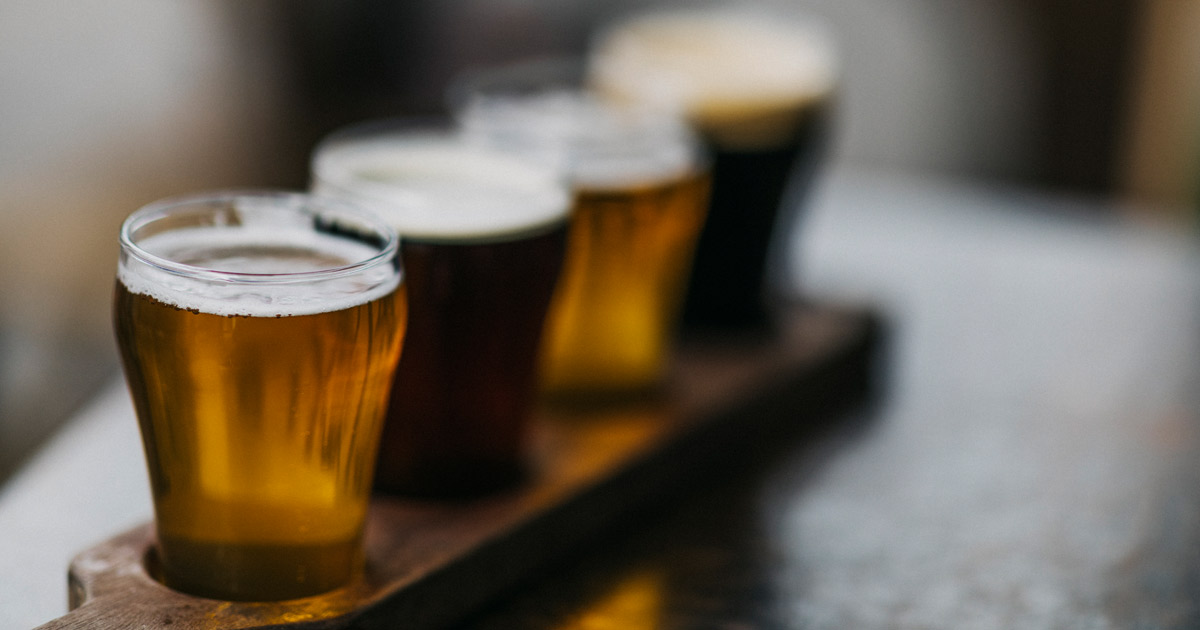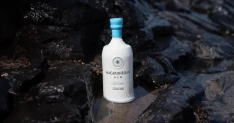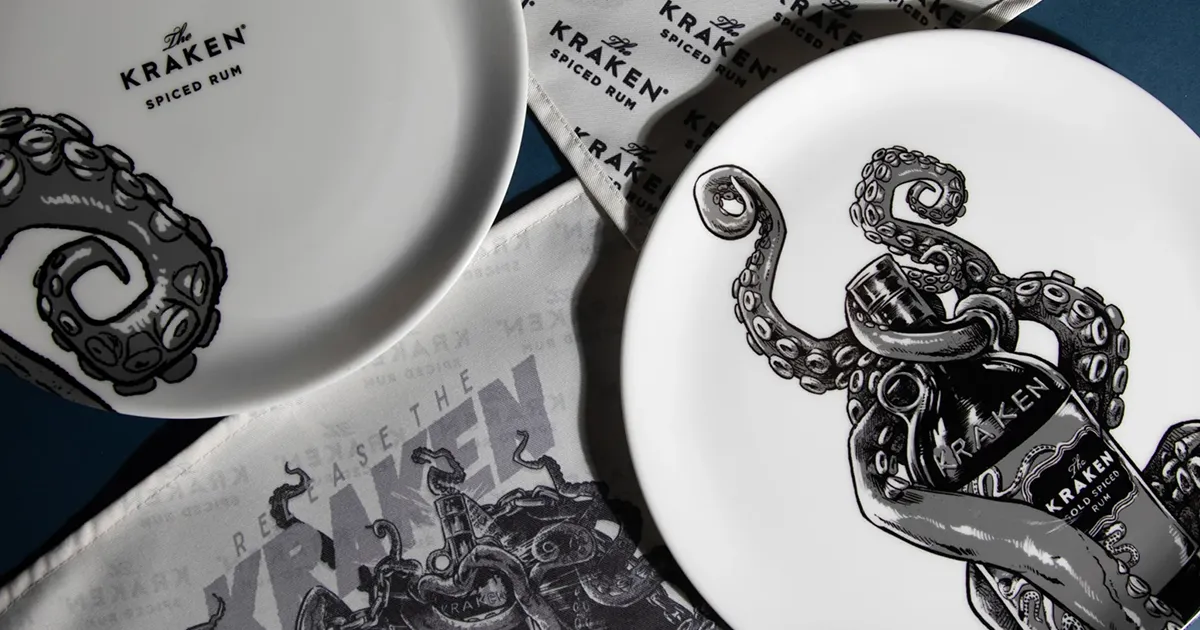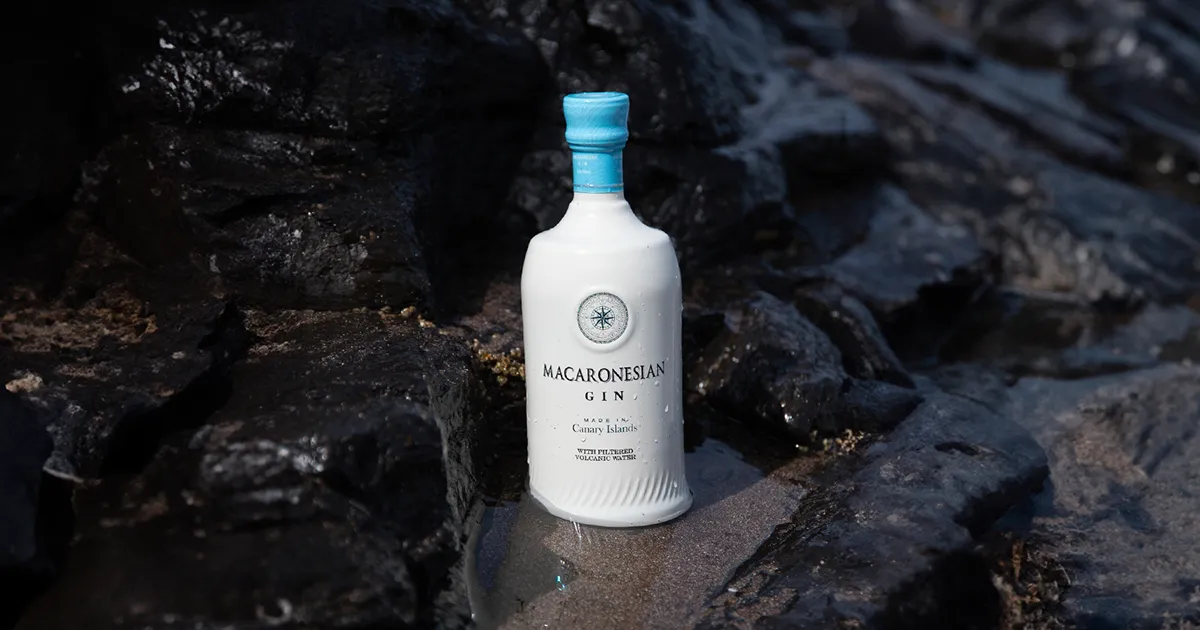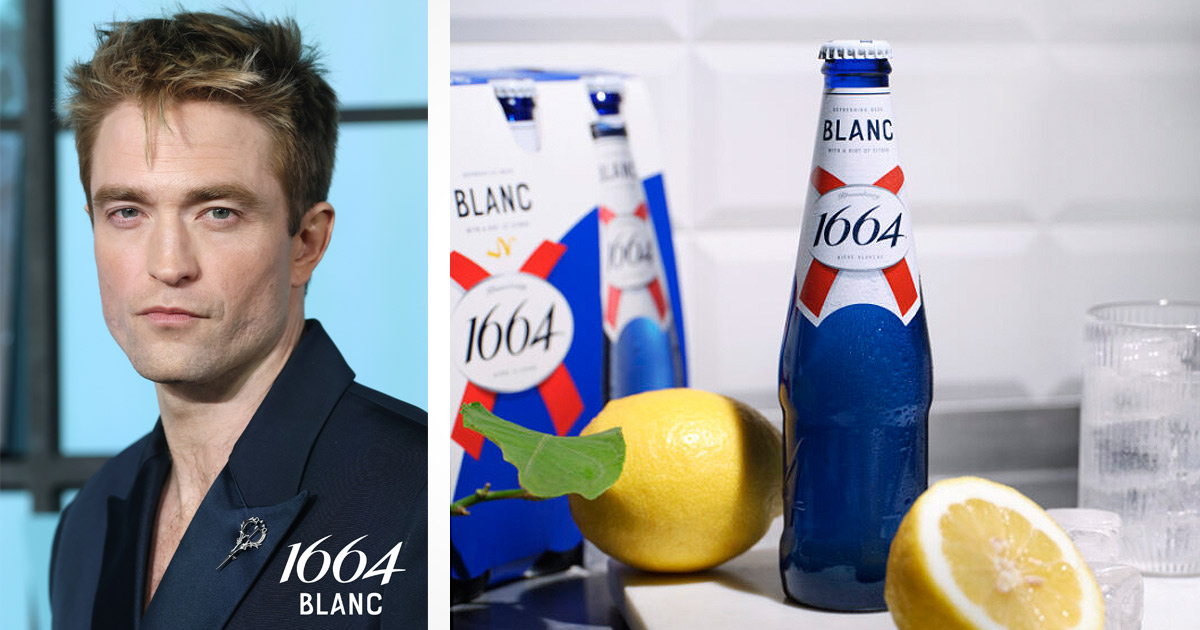Tens of thousands of unique molecules detected in 467 beers from around the world
The tradition of beer brewing dates back to at least 7000 BCE and maybe even to the invention of agriculture, considering that the starch in most cereals can spontaneously ferment if exposed to airborne yeasts. The code of the Babylonian king Hammurabi (rule 1792 to 1750 BCE), whose laws 108 through 111 regulate beer sales, shows that people have been anxious to safeguard the quality of beer through legislation for millennia. For example, the Bavarian ‘Reinheitsgebot’ (‘Purity Law’) of 1516, often considered the world’s oldest still functional – with modifications – food regulation, allows only barley, water, and hops as ingredients for brewing beer (with confiscation of the barrels as penalty for transgression).
Now, in a recent study in Frontiers in Chemistry, the science of beer is taken to a new level. Scientists from Germany use state-of-the-art analytical methods to reveal the metabolic complexity – tens of thousands of different molecules – of commercial beers from around the world.
“Beer is an example of enormous chemical complexity. And thanks to recent improvements in in analytical chemistry, comparable in power to the ongoing revolution in the technology of video displays with ever-increasing resolution, we can reveal this complexity in unprecedented detail. Today it’s easy to trace tiny variations in chemistry throughout the food production process, to safeguard quality or to detect hidden adulterations,” said corresponding author Prof Philippe Schmitt-Kopplin, head of the Comprehensive Foodomics Platform at the Technical University of Munich and of the Analytical BioGeoChemistry research unit at the Helmholtz Center in Munich.
Schmitt-Kopplin and colleagues used two powerful methods – direct infusion Fourier transform ion cyclotron resonance mass spectrometry (DI-FTICR MS) and ultra-performance liquid chromatography quadrupole time-of-flight mass spectrometry (UPLC-ToF-MS) – to reveal the full range of metabolites in 467 types of beer brewed in the US, Latin America, Europe, Africa and East Asia. These included lagers, craft and abbey beers, top-fermented beers, and gueuzes brewed from barley as the only source of starch for fermentation, or barley plus either wheat, rice, and corn (maize).
The methods have complementary strengths. DI-FTICR-MS directly revealed the chemical diversity across all beers and predicted chemical formulas for the metabolite ions in them. The authors then used UPLC-ToF-MS on a subset of 100 beers to analyze the results with resolution on the possible isomers. UPLC-ToF-MS uses chromatography to first separate ions with identical masses and fragmentation of the mass ions to daughter ions, making it possible to predict the exact molecular structure.
The authors placed these metabolites in relation within the ‘chemical space’, each linked to one or more others through a single reaction, for example the addition of a methoxy-, hydroxyl-, sulfate-, or sugar-group to the molecular backbone, or turning an unsaturated bond into a saturated bond. This yielded a reconstruction of a metabolite network leading to the final product, consisting of nearly a hundred steps with a starting point in molecules from the original cereals, synthetized from the amino acid tryptophan. Derived from these are secondary metabolites, unique to each cereal.
“Our mass spectrometry method, which takes only 10 minutes per sample, should be very powerful for quality control in food industry and set the basis of novel molecular markers and non-targeted metabolite profiles needed in foodstuff inspection,” said Schmitt-Kopplin.
The authors found approximately 7700 ions with unique masses and formulas, including lipids, peptides, nucleotides, phenolics, organic acids, phosphates, and carbohydrates, of which around 80% aren’t yet described in chemical databases. Because each formula may in some cases cover up to 25 different molecular structures, this translates into tens of thousands of unique metabolites.
“Here we reveal an enormous chemical diversity across beers, with tens of thousands of unique molecules. We show that this diversity originates in the variety of raw materials, processing, and fermentation. The molecular complexity is then amplified by the so-called ‘Maillard reaction’ between amino acids and sugars which also gives bread, meat steaks, and toasted marshmallow their ‘roasty’ flavor. This complex reaction network is an exciting focus of our research, given its importance for food quality, flavor, and also the development of novel bioactive molecules of interest for health,” concluded first author Stefan Pieczonka, a PhD student at the Technical University of Munich.
The original research article “On the trail of the German Purity Law: distinguishing the metabolic signatures of wheat, corn and rice in beer“ in Frontiers in Chemistry can be found here.
About Frontiers
Frontiers is an award-winning open science platform and leading open access scholarly publisher. Our mission is to make research results openly available to the world, thereby accelerating scientific and technological innovation, societal progress and economic growth.
We empower scientists with innovative open science solutions that radically improve how science is published, evaluated and disseminated to researchers, innovators and the public. Access to research results and data is open, free and customized through internet technology, thereby enabling rapid solutions to the critical challenges we face as humanity.
Source: Frontiers | Picture: ©iStockphoto | Instants

